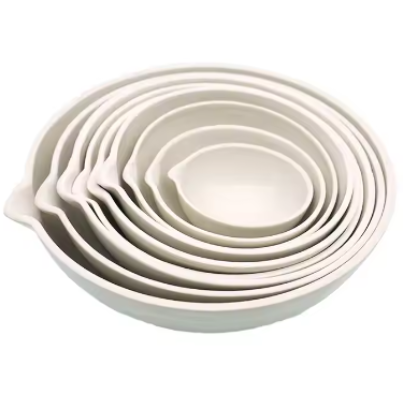Professional Premium Aluminum Oxide Products Supplier
Beryllium Aluminium Oxide (BEO) is a common synthetic material. It is obtained by air ignition. BeO is a high-quality electrical insulator. However, it has a high toxicity.
The main advantage of BEO is that it is 80 percent thermally conductive. This makes it suitable for use in X-ray optics instrumentation, especially for synchrotron radiation facilities. Additionally, it delivers improved circuit performance over AlN.
A wide range of applications can be found for beryllium oxide ceramics. These include in wireless communications, aerospace, and semiconductors. In addition to their superior thermal properties, they offer unmatched heat dissipation.
In addition, alumina layers added to beryllium oxide ceramics can provide additional protection from hazardous beryllium. They are also used as a barrier against the ambient atmosphere.
Several methods are used to investigate the mechanical and physico-mechanical properties of beryllium oxide coatings. One method, known as nanoindentation, is used to assess the local physico-mechanical properties of the coating.
Another method, known as Rutherford backscattering spectroscopy, studied the thickness of the alumina. It was also used to study the stoichimetry of alumina.
Beryllium-matrix composites are similar to aluminium-matrix composites in their applications. Some power semiconductor devices use beryllium oxide ceramic to insulate silicon chips.
Beryllium-aluminum oxide ceramics are competitive with aluminum nitride on price. They are also available in a submicron grade, making them immediately available in most volumes.
Beryllium-aluminium oxide ceramics are used for aerospace, wireless communications, and semiconductors. Because they are highly thermally conductive, they can also be used for high-performance circuits.
Inquiry us

